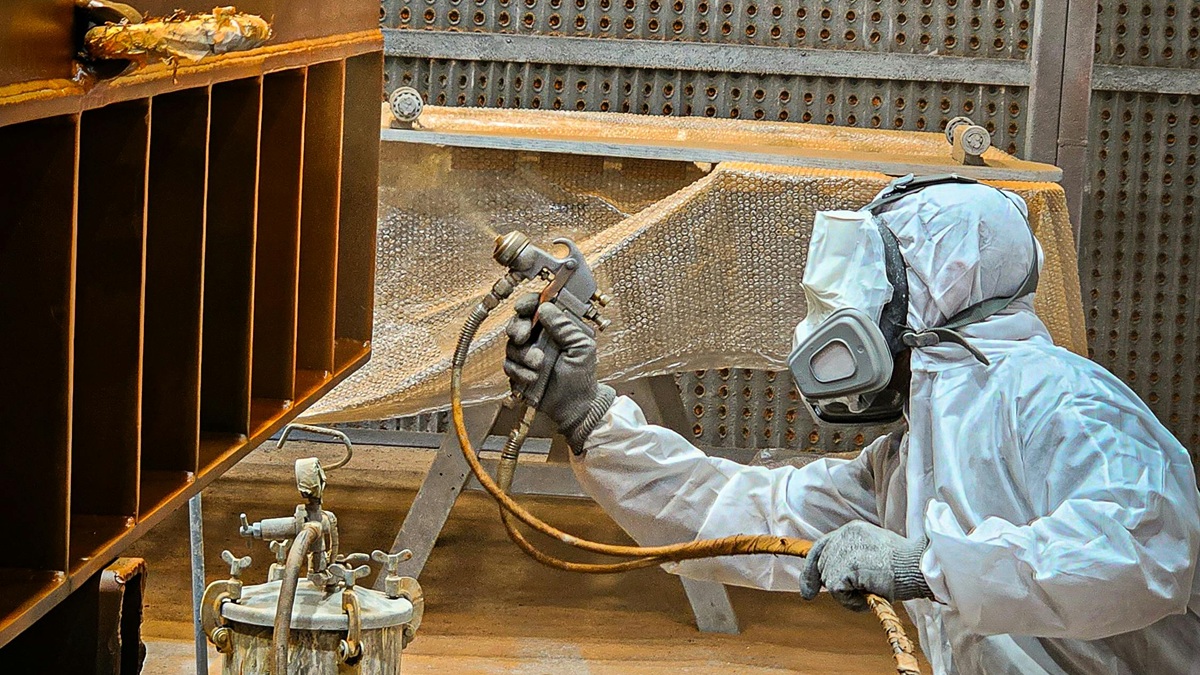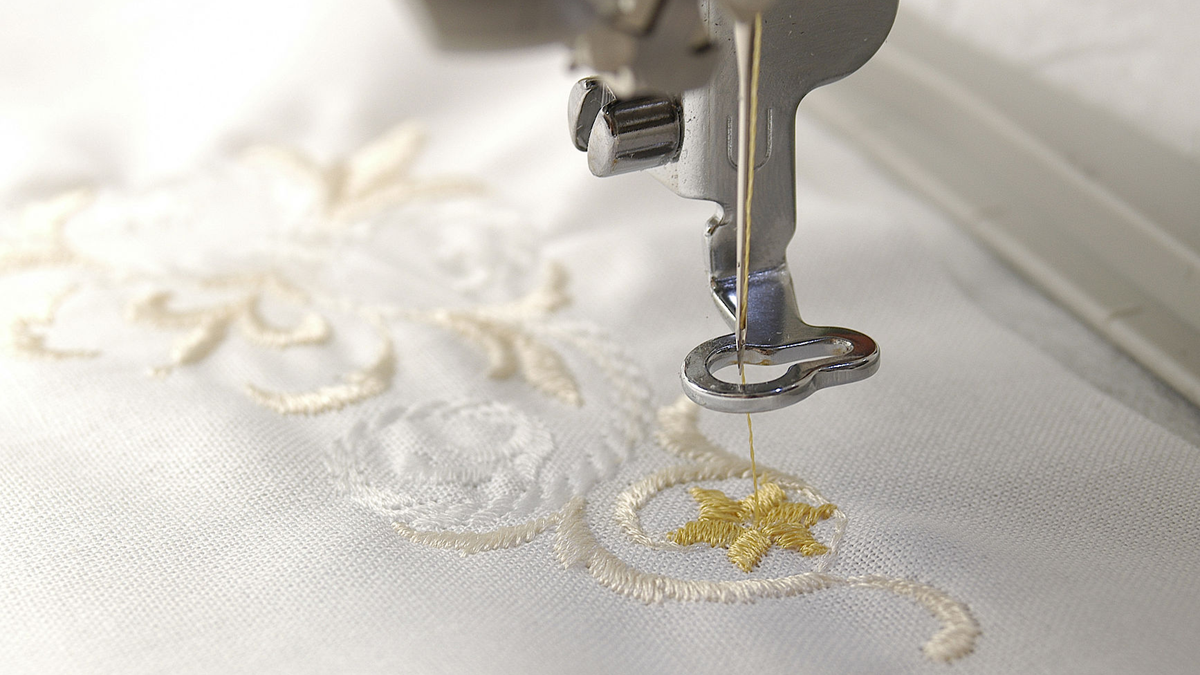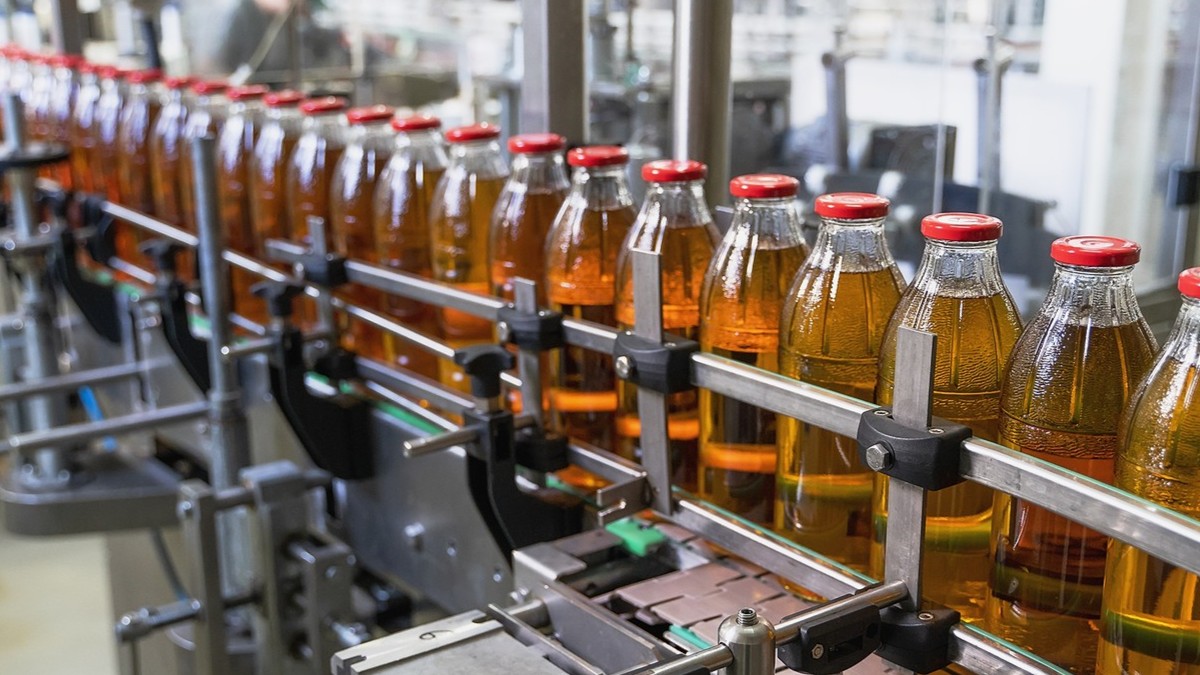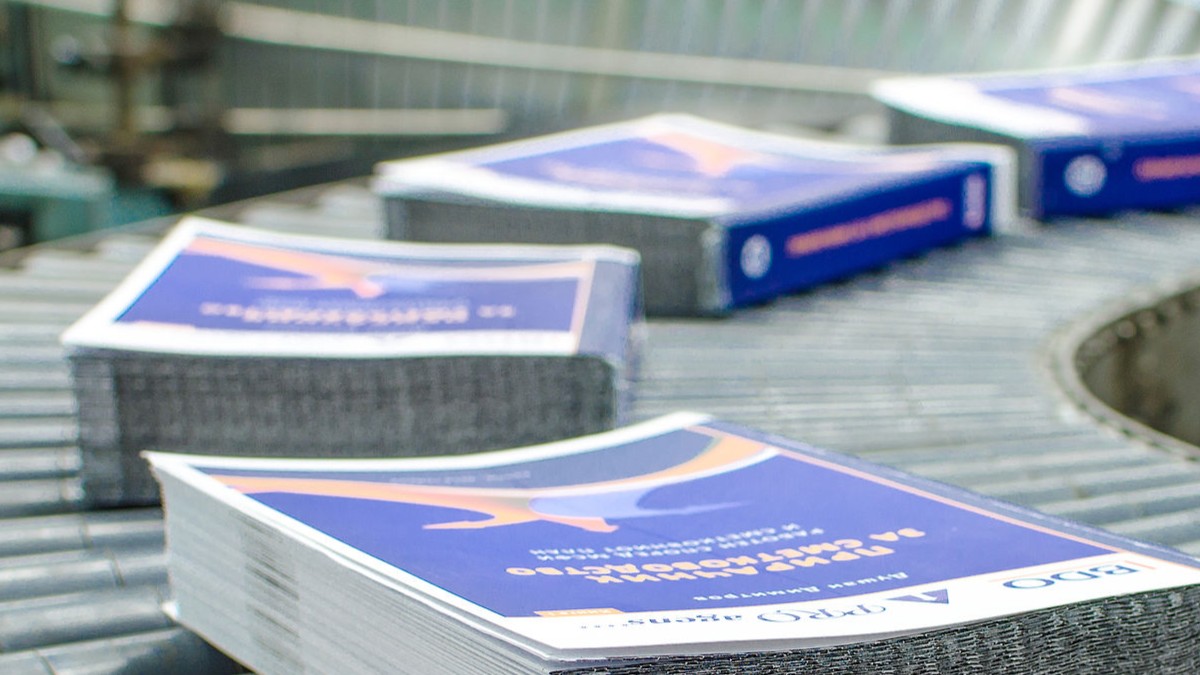In today’s rapidly advancing digital landscape, mobile devices have evolved beyond mere reference tools to become integral extensions of professional workflows. Particularly in sectors such as healthcare, education, and logistics, heightened post-pandemic demands for efficiency and safety have driven the emergence of new tablet cart solutions characterized by mobility, adjustability, and integration. These mobile tablet carts—featuring pneumatic height adjustment, multi-directional swivel mounts, and all-in-one designs—are setting new standards for mobile work platforms. They enable users to seamlessly transition from a single device to a fully functional workstation, significantly enhancing professional productivity and user experience.
Professional Mobile Workstations Leading the Wave of Work Efficiency
Flexible Mobility + Extensive Height and Angle Adjustments
Equipped with pneumatic spring height adjustment and multi-axis swivel mounts, these mobile tablet carts allow users to quickly and smoothly adjust height and orientation to suit sitting or standing positions. They are widely applicable in clinical rounds, educational interactions, and warehouse inventory management.
Professional Safety Design and Integrated Storage
Constructed with robust steel or alloy frames and fitted with lockable omnidirectional casters to ensure stability and prevent unwanted movement. Built-in cable management channels and storage compartments keep chargers and accessories organized without interfering with usage.
High Compatibility and Flexible Support for Multiple Device Sizes
Supports devices ranging from 7.9" to 13" tablets. The mount’s tilt, flip, and rotation capabilities accommodate various brands and work requirements, offering excellent versatility and adaptability.
Overview of Tablet Cart Categories
Mobile tablet carts and mounts on the market can generally be divided into three categories:
Height-adjustable mobile carts designed specifically for the medical field, suitable for clinical rounds and telemedicine use.
Floor stands with rotating arms intended for home environments, supporting multi-directional positioning and smartphone holding, but lacking wheels and storage functions, making them unsuitable as mobile workstations.
Industrial-grade fixed tablet mounts made of sturdy metal materials, designed for vehicle or machinery installation, without mobility or storage capabilities, resulting in limited portability.
In summary, professional medical mobile carts offer greater advantages in mobility, adjustment flexibility, and accessory integration, better meeting the demanding needs of diverse scenarios.
Conclusion
As the wave of digital transformation sweeps through professional fields such as healthcare, education, and logistics, tablet devices have surpassed traditional reference tools to become core platforms for workflow execution, driving urgent demands for mobility, safety, and operational flexibility.
Tablet carts ideally integrate pneumatic height adjustment, multi-axis swivel mounts, locking wheels, and cable management features, supporting multiple tablet sizes to provide a comfortable and efficient user experience. Compared to simple mount products on the market (such as RAM, CTA Digital, LEVO), they demonstrate superior mobile integration, storage management, and accessory compatibility—offering not just a mount, but a complete mobile workstation.
Their multi-scenario applications include clinical rounds data entry, interactive education, warehouse inventory scanning, and smart retail displays, all benefiting from stable support, flexible mobility, and convenient operation—showcasing outstanding professional value and broad practical utility.


.jpg)
.jpg)








.jpg)
.jpg)
.jpg)